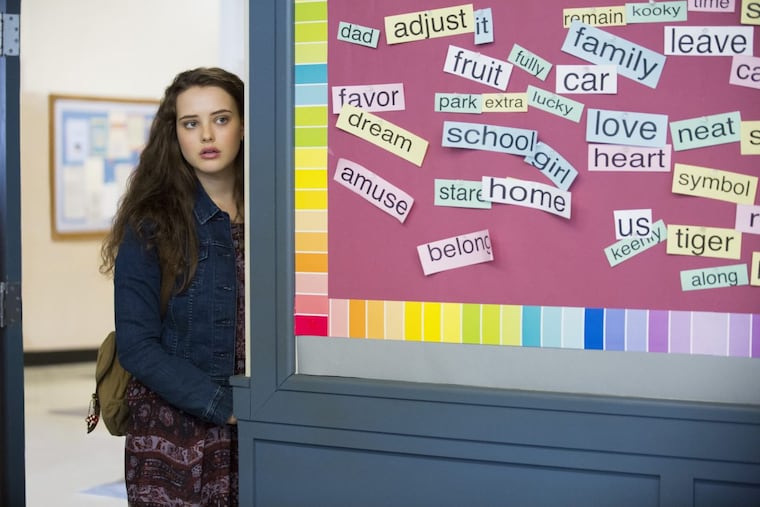Netflix series ‘13 Reasons Why’ may reduce suicide risk for young adults who watch to the end, study finds
Students who watched the entire season were less likely to self injure or seriously consider suicide, even compared to those who did not watch the show at all.
